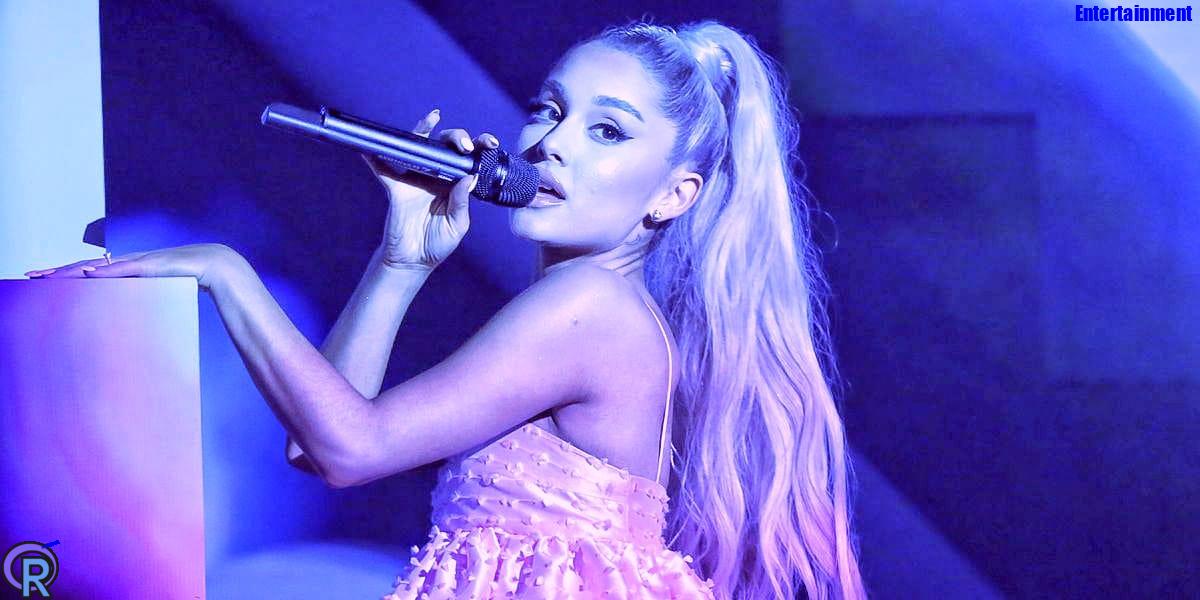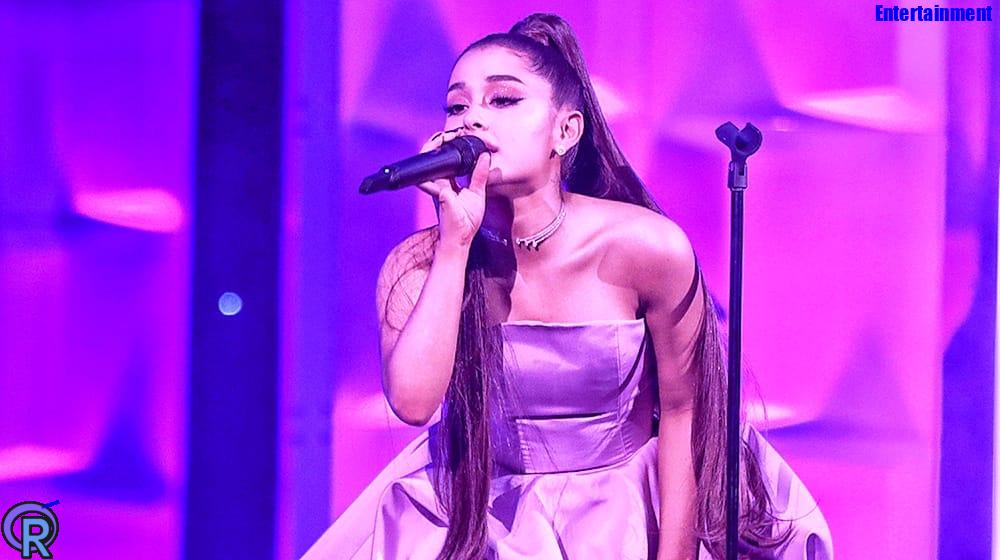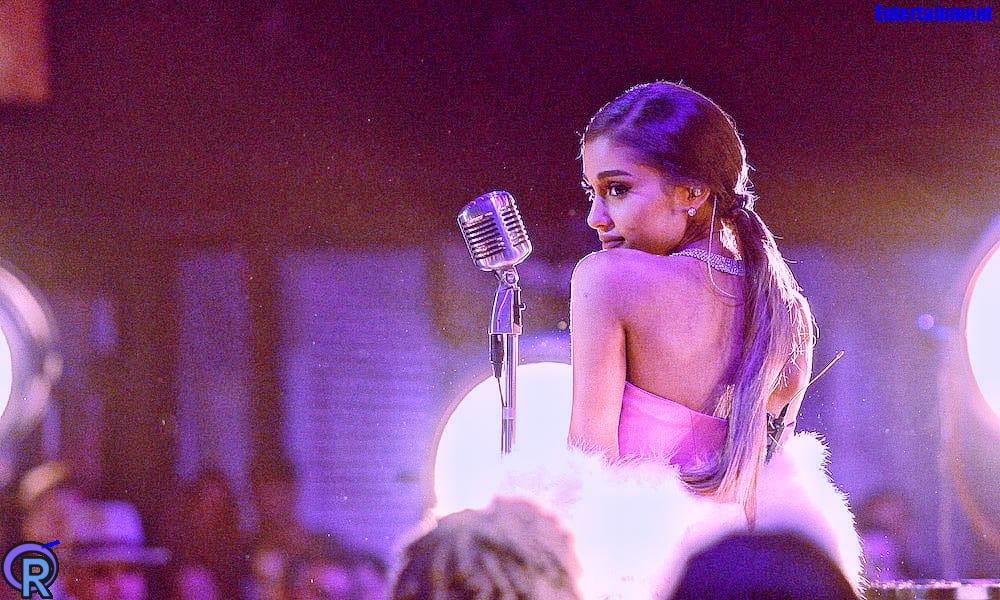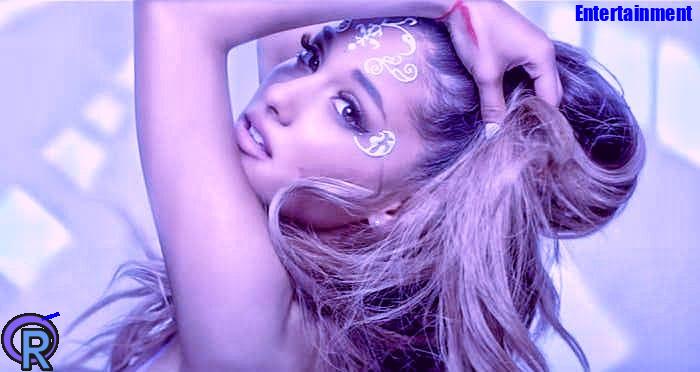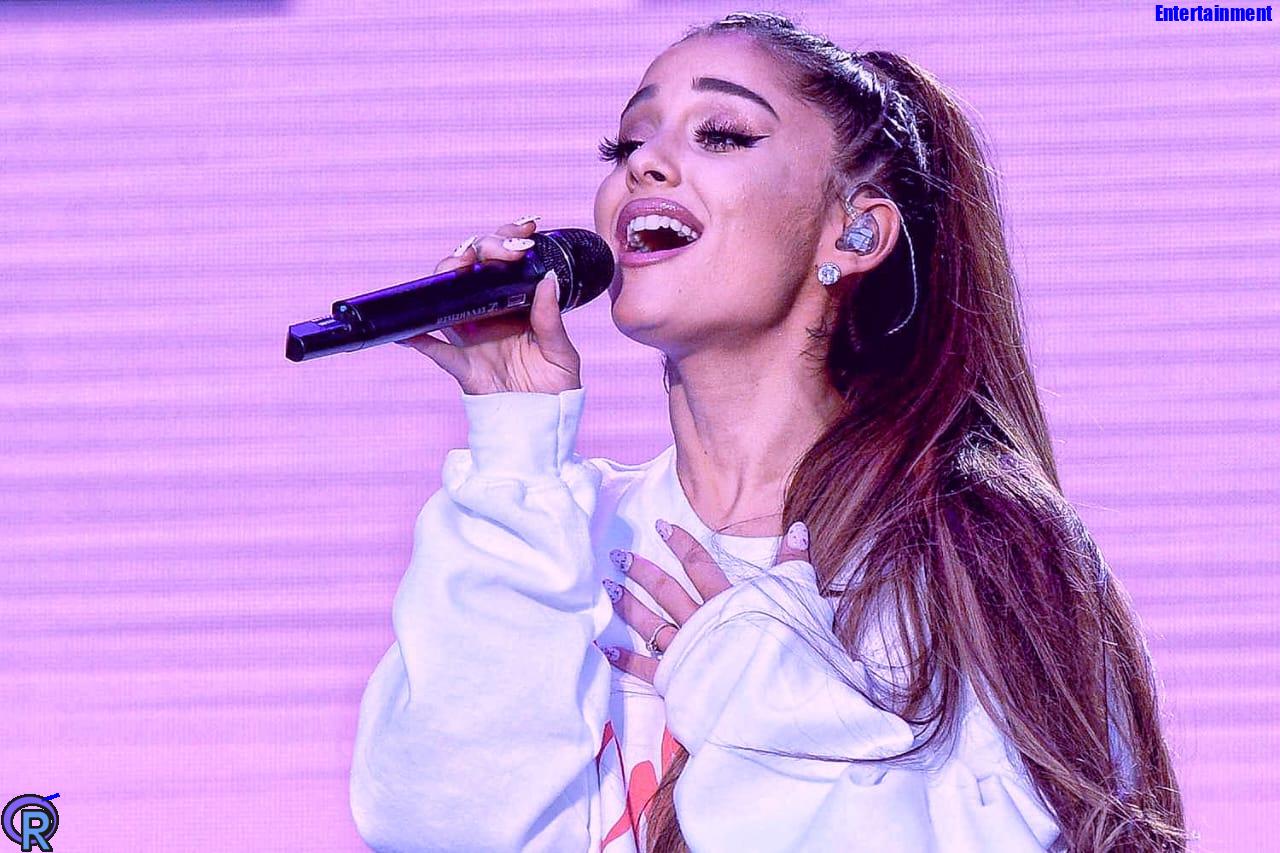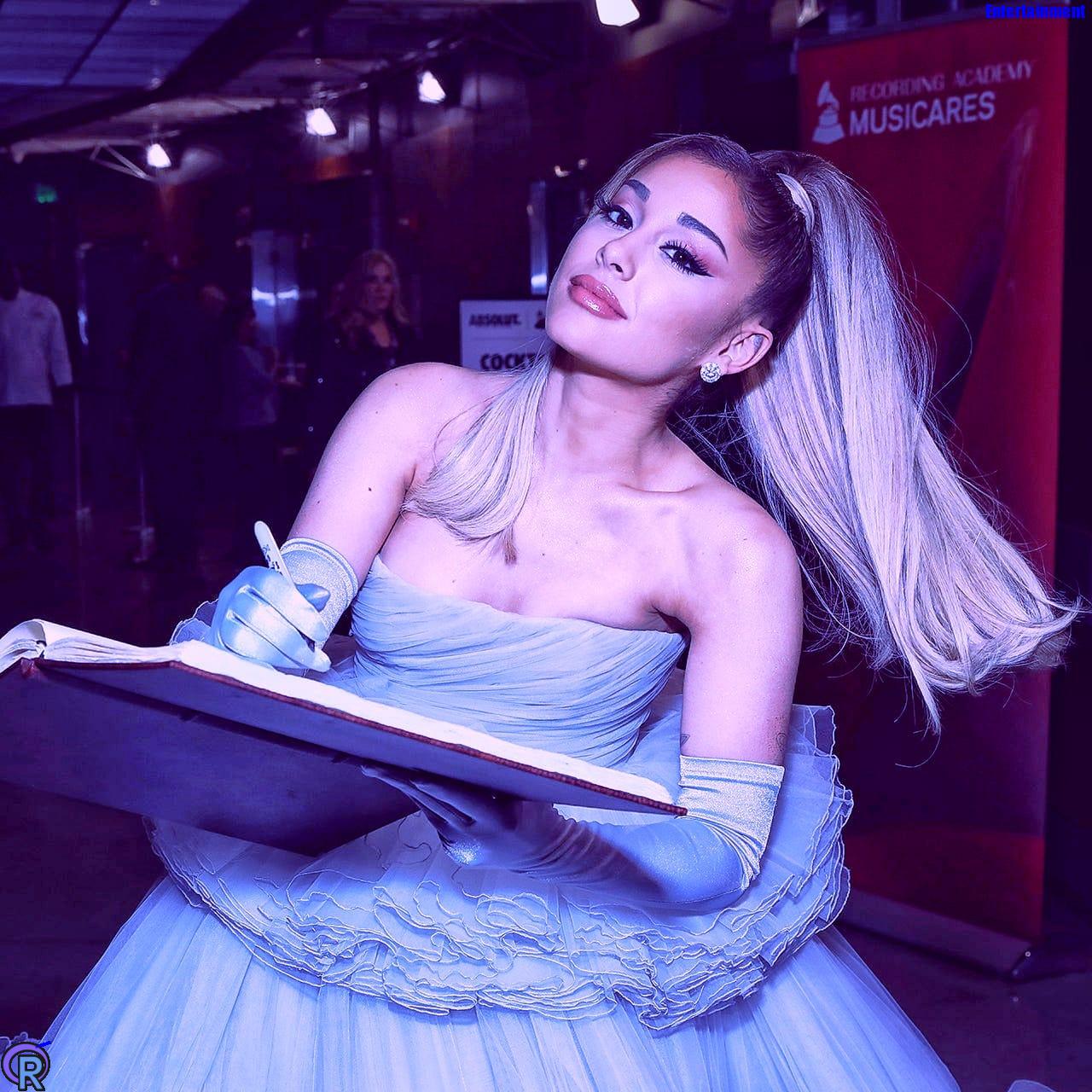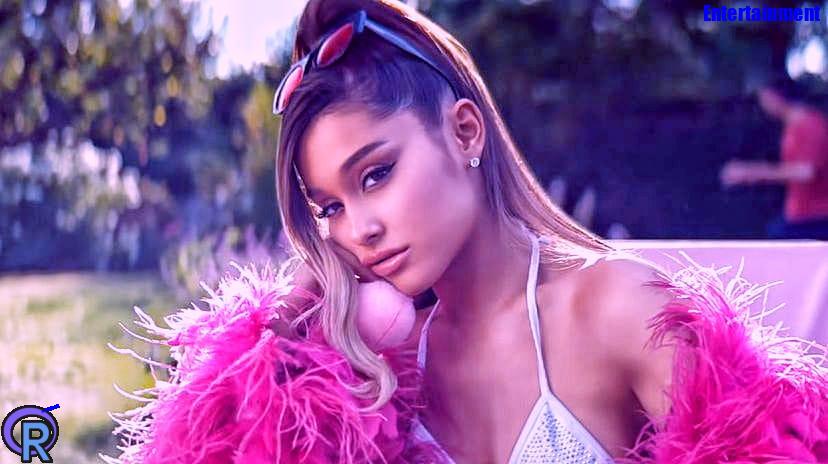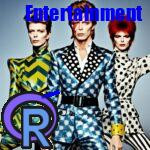Ariana Grande Songs displayed her talent right away with her 2013 debut. With a background in theater and a Nickelodeon pedigree, she made her full-time debut in the music industry with her debut album, “Yours Truly,” which featured a smooth pop and R&B fusion accentuated by her clear, bell-ringing voice.
Compared to other pop vocalists of the era, Grande was unique. She had a voice that could reach melismatic heights, and she had a natural ability to blend several genres together without losing sight of pop culture.
Ariana Grande Songs
She has investigated it as her music has developed throughout time. The 30-year-old has incorporated a variety of genres and sounds into her world across the course of her six studio albums. EDM, trap, hip-hop, trop house,
showtunes, and house music are among the genres she’s absorbed; her most recent hit, “Yes, and?” is a Madonna-inspired track. discloses the track, a sneak peek to her eighth album “Eternal Sunshine,” which was released on March 8.
For Grande, who has frequently topped the charts with her chameleonic approach to songwriting, versatility is nothing new. With a co-starring part in the theatrical release of “Wicked,” which hits theaters on November 27, Grande’s career is continuing to soar to new heights.
Variety looked at the top ten songs from her repertoire, including singles, album cuts, and extra tracks, on the eve of “Eternal Sunshine.”
The Cadillac Song:
Featured as an extra track on the Target and international versions of “My Everything,” “Cadillac Song” might not be to Grande’s taste for casual fans. (She has never performed it live, and it is still not available for streaming.
) However, when it was first released, it demonstrated that Grande was capable of going beyond the flashy singles like “Problem” and “Break Free.
” In addition to mainstream music, Grande studied R&B and classic soul, and she has a natural sense of when to lower her voice to highlight the textures and mood of those genres.
Based on a flipped sample of The Sylvers’ “How Love Hurts,” “Cadillac Song” is a lush, glittering homage to the sounds of Motown’s golden age. You can almost picture her driving while thinking of the love she once experienced in a long-ago relationship. Get well.
“Cadillac Song” might not have been to Grande’s casual fans’ taste, because it was an included track on the Target and foreign editions of “My Everything.” (She has never performed it live, and it is still not available for streaming.)
However, at the time of its release, it demonstrated Grande’s ability to expand her artistic horizons beyond the soaring ballads of hits like “Problem” and “Break Free.” In addition to mainstream music, Grande studied R&B and vintage soul, and she has a natural sense of when to lower her voice to mimic the feel and textures of those genres.
Based on a flipped sample of The Sylvers’ “How Love Hurts,” “Cadillac Song” presents itself as a beautiful, glittering homage to the sounds of Motown’s heyday. You can almost see her driving, daydreaming about the warmth she once felt from a relationship that is long gone.
Because Grande is a pop artist who is skilled at interpreting various genres,
“Be Alright” doesn’t sound as out of date as some of the tropical house that served as the song’s inspiration.
Trop house had made a solid name for itself in the EDM scene by 2016, when the song was made available as a single from her third album “Dangerous Woman,” easing the huge tent fare that had previously dominated the genre.
The upbeat song “Be Alright” gives the reassuring message that no matter how horrible things get, they will always turn out okay. Grande frequently explores this idea, and the serene feel of the instrumental here perfectly matches it.
“Cadillac Song” might not have been to Grande’s casual fans’ taste, because it was an included track on the Target and foreign editions of “My Everything
” (She has never performed it live, and it is still not available for streaming.) However, at the time of its release, it demonstrated Grande’s ability to expand her artistic horizons beyond the soaring ballads of hits like “Problem” and “Break Free.
” In addition to mainstream music, Grande studied R&B and vintage soul, and she has a natural sense of when to lower her voice to fit the mood.
The “Cadillac Song” might not have been a hit song for Grande’s casual admirers because it was an included extra track on the Target and foreign versions of “My Everything.”
(She has never performed it live, and it is still not available for streaming.) However, at the time of its release, it demonstrated Grande’s ability to expand her artistic horizons beyond the soaring ballads of hits like “Problem” and “Break Free.
” In addition to mainstream music, Grande studied R&B and vintage soul, and she has a natural sense of when to lower her voice to mimic the feel and textures of those genres.
Based on a flipped sample of The Sylvers’ “How Love Hurts,” “Cadillac Song” presents itself as a beautiful, glittering homage to the sounds of Motown’s heyday. You can almost see her driving, daydreaming about the warmth she once felt from a relationship that is long gone.
Because Grande is a pop artist who is skilled at interpreting various genres,
“Be Alright” doesn’t sound as out of date as some of the tropical house that served as the song’s inspiration.
Tropical house developed a solid footing in the EDM scene in 2016, when the song was released as a single from her third album “Dangerous Woman,” softening the big tent fare that had primarily dominated the genre.
The upbeat song “Be Alright” gives the reassuring message that no matter how horrible things get, they will always turn out okay. Grande frequently explores this idea, and the serene feel of the instrumental here perfectly matches it.
A cornerstone of Grande’s career, “The Way” presented her as a fan of retro-pop with a rudimentary knowledge of how to blend it with modern R&B.
“Yours Truly,” her 2013 first album, was clear-cut and joyful, a celebration of the various genres she was fusing together. “The Way” did a perfect job of capturing that essence.
Encapsulated by an interpolation of Brenda Russell’s “A Little Bit of Love” (via Big Pun’s “Still Not a Player”), her debut single is an unadulterated manifestation of joy, supported by flirtatious advances from rapper Mac Miller in a mutually beneficial exchange.
Its statement of young love is as liberated and joyful today as it was then, and the chemistry is evident.
It’s unfortunate that Grande and Cashmere Cat haven’t collaborated more.
Throughout her career, she’s worked with the Norwegian producer on two of his finest electronic pop songs — “Adore” and “Quiet” — which makes their unusual chemistry even better.
This is something that extends to “Be My Baby,” co-produced with Benny Blanco and Lido, which was included as a mid-album cut on 2014’s “My Everything.”
When Grande hits the high note in the last chorus, it’s obvious there was more to their collaborative process than one might have imagined. Grande plays with pace and speed as her vocals break apart over the glitchy production.
How do you top the first single off your second album in terms of spectacular Ness? Of course, by transforming pop into EDM-driven pop from exploding pure pop. Grande entered the electronic music craze that was taking over pop music in the middle of the 2010s.
She collaborated with producer du jour Z on “Break Free,” which was Grande’s response to Iggy Azalea’s song “Problem.” With its industrial verses that slash like chainsaws and a chorus as ornate as Coachella’s Sahara tent,
“Break Free” is an auditory assault in all the greatest ways. If the lyrics are confusing, does it really matter? The song “Now that I’ve become who I really am” seems like it was written after the music had already finished.
Some have previously sampled the greatest songs from “The Sound of Music,” such as Gwen Stefani’s incredibly amazing 2006 single “Wind It Up.” Additionally, it doesn’t seem possible to make “My Favorite Things” into a trap-pop hit. But there’s a payoff to “7 Rings,” the second single from 2019’s “Thank U, Next” – quite literally.
Although it redefines retail therapy as a source of empowerment, it is blatantly materialistic: She cynically says, “My receipts, looking like phone numbers / If it isn’t money, it’s the wrong number.” Instead of showing off your wealth, use it to treat yourself—and, in her case, your friends—well for what you’ve been through.
the tones of those musical styles.
The shimmering, glittering “Cadillac Song” pays homage to the Motown sound of yesteryear.
“Ghosting'” was written by Grande about, in her words, being in a relationship while having affections for someone else. It’s undoubtedly her most emotionally transparent song to date. However, it’s hard to divorce the music from her own narrative.
She was in a highly public relationship with her then-fiancé Pete Davidson at the time it was written, following the overdose death of her ex-boyfriend Mac Miller.
The play “Ghosting'” is a reaction to the tragedy of the conflicting and overwhelming emotions that surfaced from the rubble. Weeping profusely, she is experiencing “the rain parade from hell.”
She laments, “Though I wish he was here / Don’t want him to be in your head,” in a voice that is sweet and sensitive as she emphasizes the destruction.
No More Tears to Cry
Finding the bright side of adversity and resilience, whether in the face of tragedy or heartbreak, is a common subject in Grande’s professional and personal life. That’s the reason “No Tears Left to Cry” is so upbeat and happy.
Less than a year after the terrorist explosion at her Manchester concert in 2017,
she released the tune, and instead of wallowing in the tragedy, she took the chance to encourage and raise those around her. “
No Tears” is a patchy and cheerful song that demonstrates that healing may take many forms, including in pop music. It is not as overtly defiant as some of her earlier work.
Grande didn’t always view writing music as a rigorous endeavor. She sung widely and touched on topics of romance, sex, and emancipation in general on her first three albums.
With 2018’s “Sweetener,” something shifted, maybe as a result of the attention she was receiving and her increasing celebrity. She was able to give her songs a depth we hadn’t heard before by exposing her music to overtly personal situations (see: “Pete Davidson,” a semi-interlude on “Sweetener” that honors her then-fiancé).
What better way to seize control of the story of her split from Davidson and her next relationship than to fully express herself on one of her greatest hits to date? She could have written a more sympathetic elegy, but “Thank U, Next” depicts her going through a breakup and then discovering the power that comes from accepting oneself.

